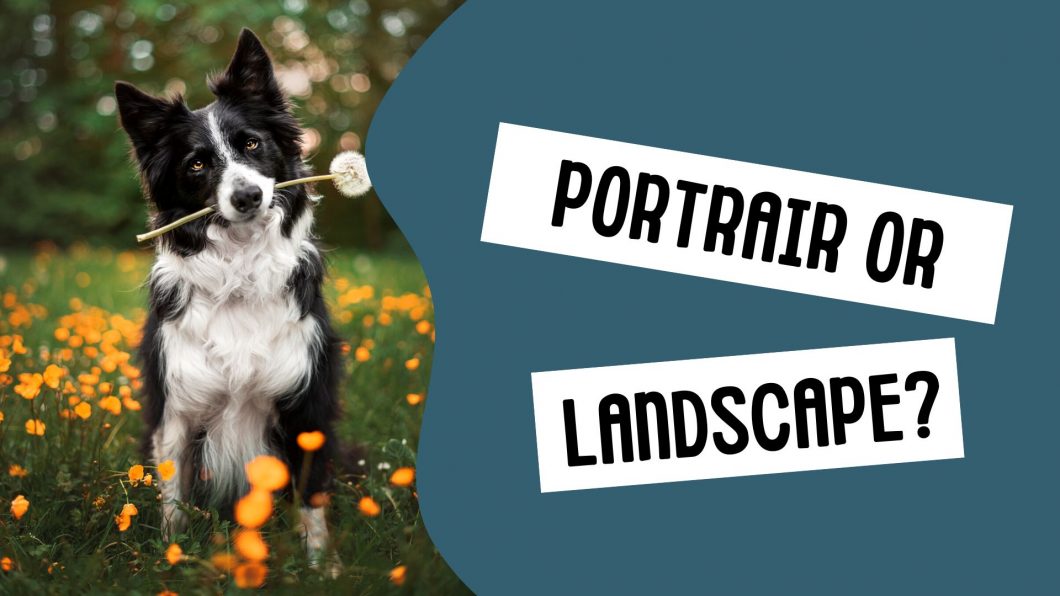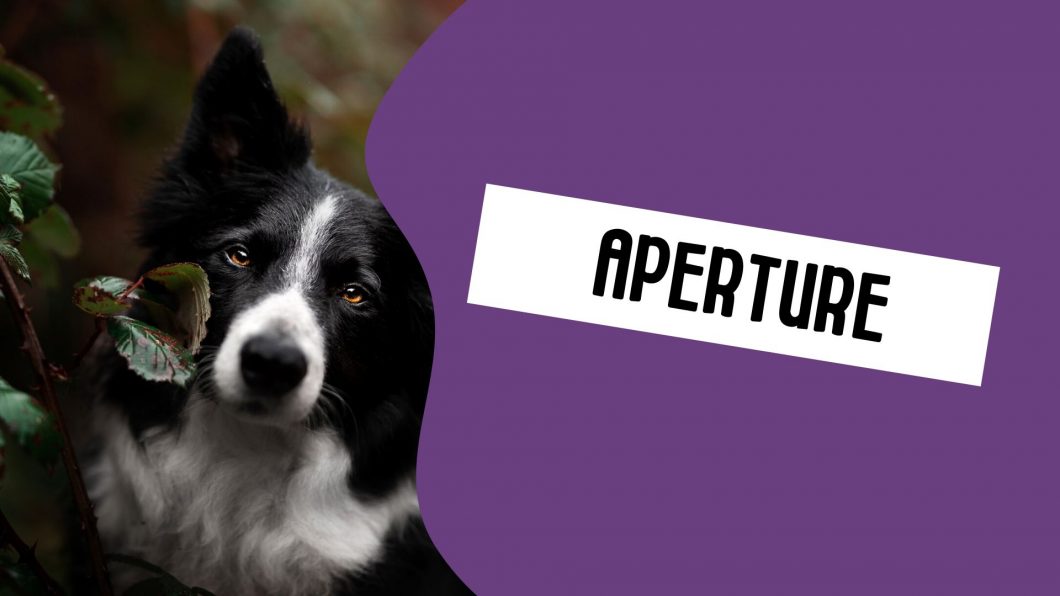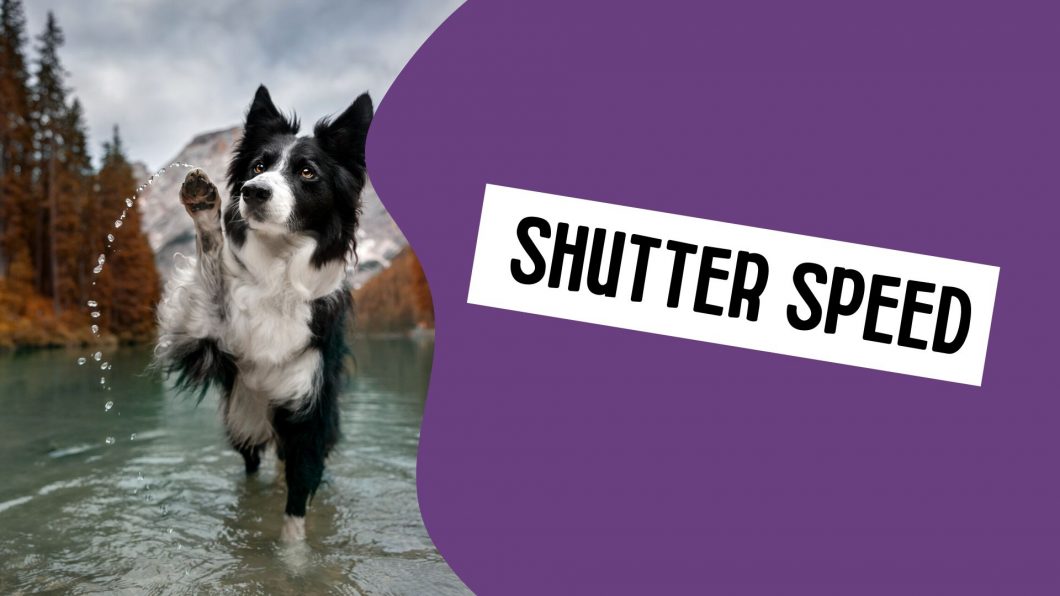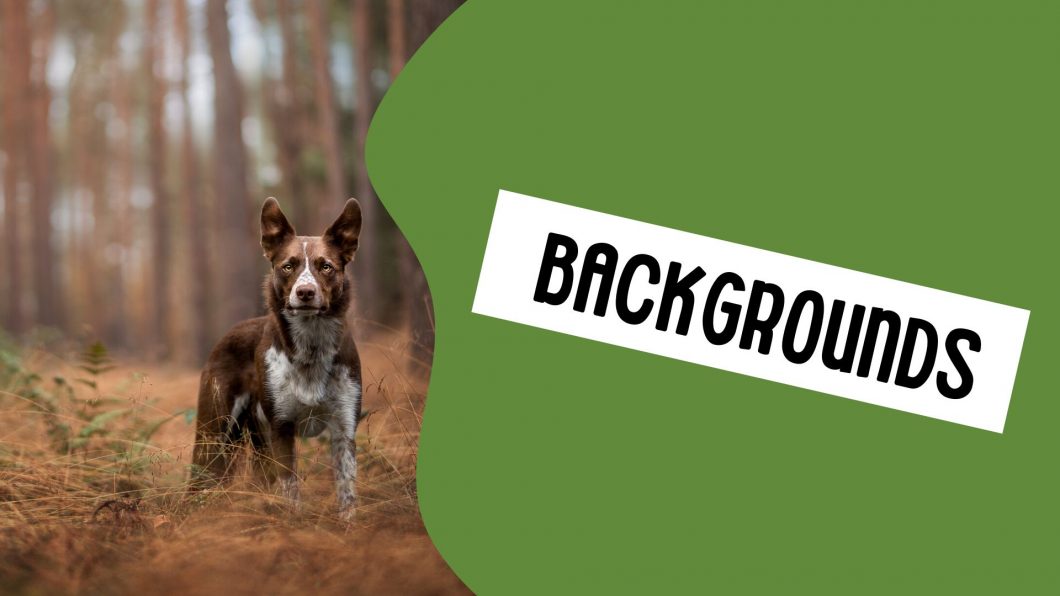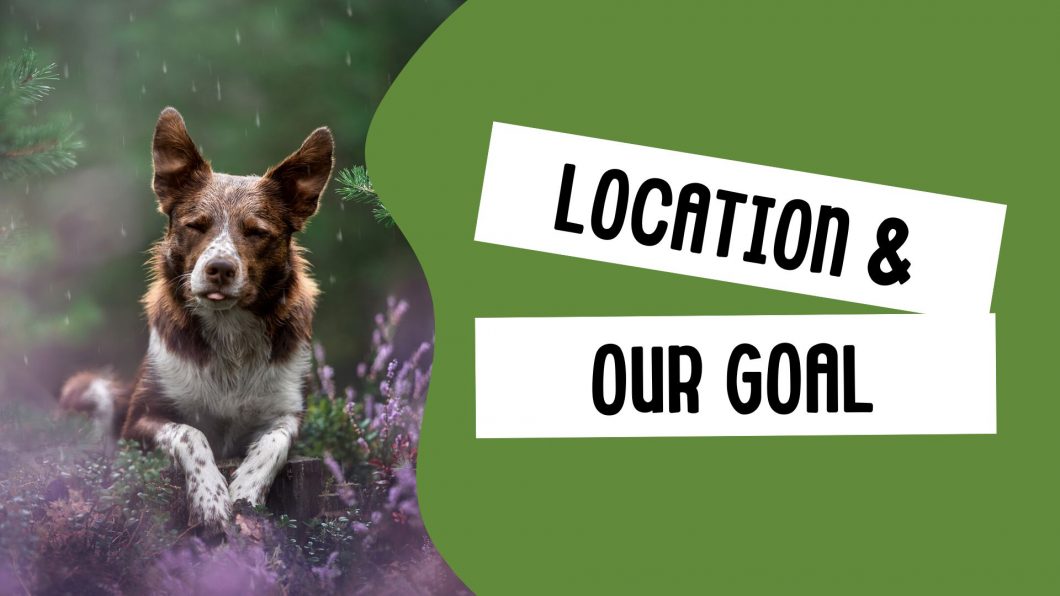Open to access this content
Archivesnext level
Portrait or Landscape Orientation
Open to access this content
Aperture
Open to access this content
Shutter Speed
Open to access this content
ISO
Open to access this content
Backgrounds
Open to access this content
Self Evaluation & Elements of Style
Open to access this content
Finding Your Style
Open to access this content
Photography Goal
Open to access this content
Location & Our Photography Goal
Open to access this content

